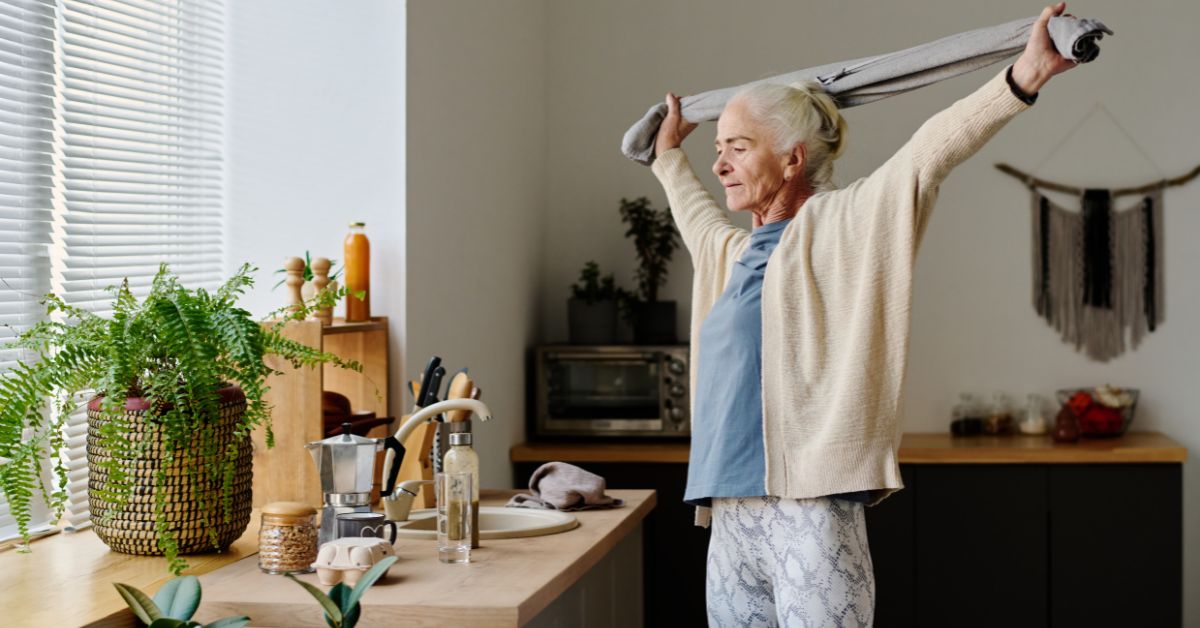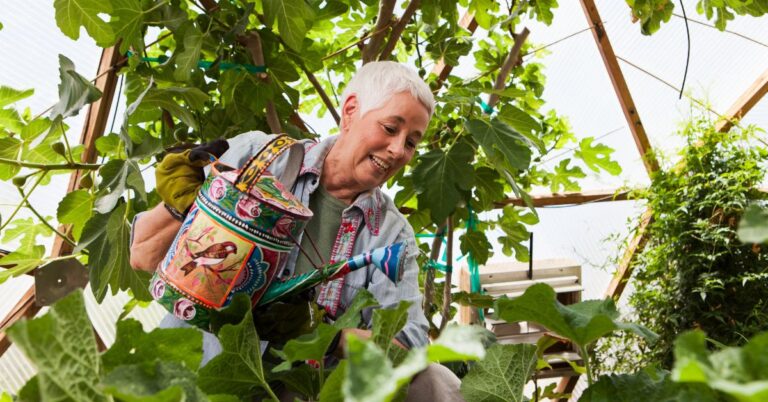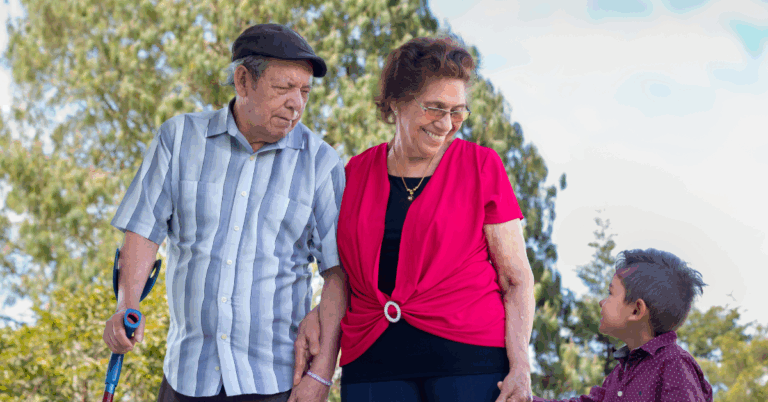
Assisted Living Facility: What Daily Life Looks Like
Daily life in an assisted living facility in Farmington Hills, MI, reflects each person’s individual preferences and choices. Communities provide structured support with personal independence, creating an environment where seniors can learn and have fun.
The reality of assisted living extends far beyond basic care provision. These communities create vibrant environments where seniors maintain purpose, build meaningful relationships and enjoy enriching experiences while receiving the support they need to live comfortably.
How Do Residents Shape Their Daily Routines?
Morning wellness and personal routines
Mornings begin with gentle wellness checks that prioritize comfort and individual needs. Community members typically wake around 7:30 AM, with care partners available to provide assistance with daily routines, dressing and medications based on personal preferences. This support adapts to what each person actually needs—some residents prefer complete independence, while others welcome help with specific tasks.
Predictable day structure helps seniors in assisted living feel secure and in control. Regular routines support better sleep patterns, consistent meal times and medication adherence without feeling restrictive or institutional.
Breakfast and morning connections
Residents gather in dining areas for breakfast, where made-to-order meals allow personal choices and social interaction. Care partners learn individual preferences over time—whether someone enjoys their coffee black or with cream, prefers eggs scrambled or over easy or has specific dietary needs.
Medication management happens naturally during morning routines, with care partners providing reminders and assistance as requested. This approach maintains health and wellness while respecting each person’s autonomy.

Mid-morning choices and activities
After breakfast, residents decide how to spend their time. Community offerings might include exercise classes, arts and crafts, trivia sessions or faith-based activities. Others choose personal time for reading, walking the grounds or visiting the on-site salon. The key is having options that match diverse interests and energy levels.
Lunch and community dining
The midday meal, typically served around noon, brings people together for nutrition and conversation. Many communities feature their heartiest meals at lunch—perhaps beef stroganoff with vegetables or comfort foods like grilled cheese and tomato soup. Themed menus such as “Taco Tuesday” add variety and anticipation to dining experiences.
Afternoon flexibility and personal time
Afternoons offer complete flexibility. Communities balance structured activities with unscheduled time, recognizing that people have different energy patterns and social preferences throughout the day. Afternoons are sometimes spent playing Wheel of Fortune, Jeopardy or Trivia in group settings to promote socialization, along with exercising one’s mind and in the spirit of competition.
Evening gathering and relaxation
Pre-dinner social hours create natural opportunities for connection and conversation. Dinner service runs from 5:00-6:00 PM, often featuring lighter fare than lunch. Afterward, residents can choose from evening activities like movie screenings, gentle movement classes or quiet reading time that supports restful sleep.
Daily Activities: Choices That Match Your Interests
Assisted living community life offers rich opportunities for engagement, creativity and connection. Residents choose from diverse activities designed to support wellness, spark curiosity and build meaningful relationships. Here’s what fills the daily calendar.
Group fitness and wellness classes
Physical activity supports health and vitality at every life stage. Communities design fitness programs specifically for older adults’ needs and abilities. Gentle yoga, chair exercises, water aerobics and walking clubs promote cardiovascular health while protecting joints.
Creative arts and crafts sessions
Artistic expression provides powerful benefits, from improving fine motor skills to reducing stress. Most communities offer regular creative opportunities like painting, drawing and crafting. These activities stimulate cognitive function while fostering self-expression.
Games, puzzles and brain exercises
Cognitive engagement activities help maintain mental sharpness. Board games like chess, checkers and Scrabble enhance memory and problem-solving skills. Many communities organize regular game nights and puzzle sessions. Crossword puzzles and word games boost verbal fluency and recall abilities. These activities provide mental challenge while creating opportunities for friendly competition and social interaction.
What This Means for You
Daily life in assisted living centers around respect for individual choice and personal dignity. These communities provide structure when helpful, support where needed and space for residents to pursue their own interests and connections.
Community life offers genuine opportunities for engagement through shared meals, interest-based activities and resident-led initiatives. These connections develop naturally through common spaces and collaborative programs, not forced socialization.
Ready to see how this approach works in practice? Call Corewell Health – The Commons at Farmington Hills at (248) 477-7400 and schedule a tour. Experience firsthand how personalized care plans, engaging daily activities and a respectful community atmosphere can enhance quality of life.
FAQs
Q1. What does a typical day look like in an assisted living community?
A typical day in assisted living includes structured routines like morning wellness checks, meals in communal dining areas and medication management. Residents can join daily activities such as fitness classes, arts and crafts or social events. There’s also time for personal pursuits and rest, with evenings often featuring wind-down activities to prepare for a restful night’s sleep.
Q2. What kinds of activities are available for seniors in assisted living?
Assisted living communities have different activities to keep seniors engaged. These may include group fitness classes, creative arts sessions, brain-stimulating games and puzzles, scheduled outings, spiritual services and one-on-one enrichment opportunities. The goal is to provide mental, physical and social stimulation tailored to residents’ interests and abilities.
Q3. How do assisted living communities support social connections among residents?
These communities foster social connections through shared spaces like dining rooms and lounges, interest-based clubs, holiday celebrations and resident-led initiatives. They also accommodate family visits and create opportunities for residents to take on leadership roles within the community, all of which help combat isolation and enhance quality of life.





